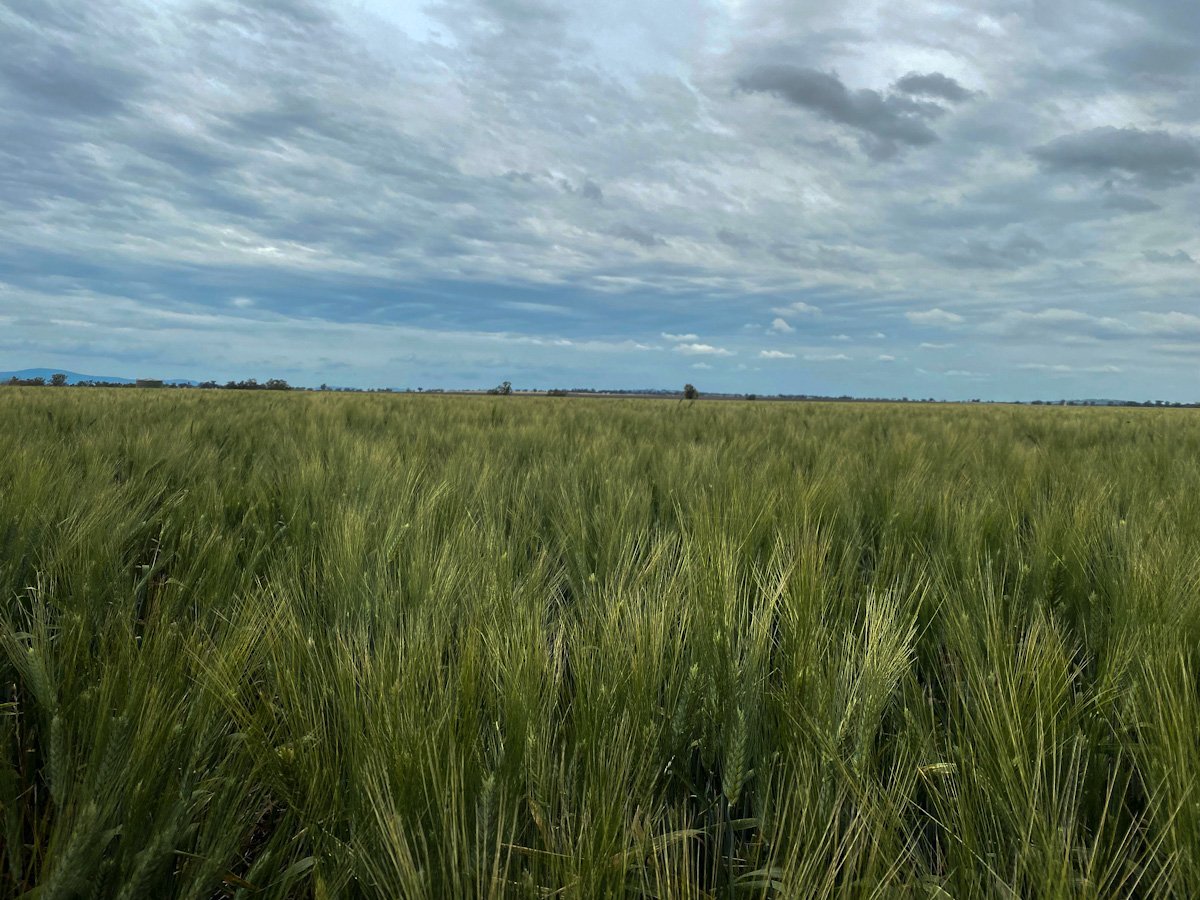“Olinga” achieves Durum excellence in a challenging season.
“Olinga” is a 629ha mixed farming operation based in Somerton NSW Australia with an average rainfall of 551mm. “Olinga” prides itself on producing superior winter cereals, pulses, prime lamb & Angus beef through sustainable practices. We are pleased to work alongside the team at “Olinga”.
The Challenge
Over the past 5 years, significant climate variability has been experienced by most farming operations. This variability in climate in conjunction with the field variability across Australian landscapes impact how we proactively manage our fields for sustainable crop production. The 2021 growing season highlighted substantial challenges at “Olinga” where prolonged waterlogging, denitrification & leaching events occurred, significantly impacting plant population, nitrogen availability & nitrogen location within the soil profile.
The Solution
To address the field & climate variability faced at “Olinga”, Agricore completed its soil, water and topography mapping solution to identify the field’s true variability into repeatable management zones. The development of these repeatable management zones now provides “Olinga” with a true field base in how they can manage their field variability through variable-rate input application to the seasons conditions. This enables crop inputs to be precisely placed & applied for efficient crop usage.
Field mapping at Olinga identifying the true field variability.
The Result:
By implementing this new land management strategy, “Olinga” reaped the rewards. “Olinga” was able to obtain the following benefits in this 40ha field in comparison to the side by side 40ha grower standard practice field;
29% decrease on applied urea
33% decrease on applied input costs
46% increase on-field gross margin
8% increase in yield
DBA Lillaroi
“We initially trialled Agricore’s field variability maps to implement variable-rate fertiliser application. Last seasons Durum highlighted the importance of getting nitrogen application right based on our results. Our standard urea blanket application delivered DR3 however where we applied VR urea, delivered DR1. We’ve saved resources and increased productivity and profitability”
How can this help improve farm productivity & profitability?
The adoption of this new land management tool enables farmers to view their field variability and apply inputs where they are required. By applying inputs where they are required within a field in comparison to blanket applications, farmers can reduce their overall input costs & increase overall productivity to seasonal conditions. Adopting this new land management approach strengthens your bottom line.
How can this promote long term sustainability?
Through implementing this new land management tool, farmers can promote long term sustainability through the correct management of their soil types regardless of season. Farmers can now match their soils potential to seasonal conditions whilst protecting the environment.



